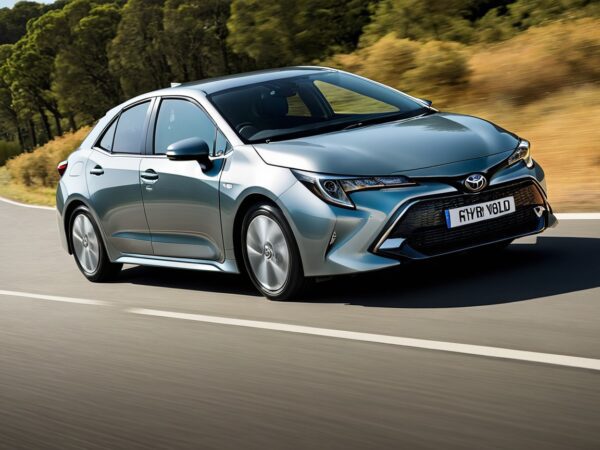Toyota hybrid battery filter maintenance

Toyota Hybrid Battery Filter Maintenance
Proper maintenance of your Toyota hybrid vehicle’s battery filter is crucial for ensuring optimal performance, battery longevity, and vehicle safety. Hybrid systems are designed to be efficient and long-lasting, but like all vehicle components, they require occasional attention. One key maintenance item is the hybrid battery cooling system, specifically the battery air filter. Here’s an in-depth guide on what it is, why it matters, and how to maintain it.
What is a Hybrid Battery Filter?
In most Toyota hybrid vehicles—such as the Prius, Camry Hybrid, RAV4 Hybrid, and others—the hybrid battery generates heat during operation. To prevent overheating, a cooling fan pulls air from the cabin or trunk area through a filter and directs it over the battery pack.
The battery filter traps dust, lint, pet hair, and other airborne particles before they reach the fan and battery. Over time, this filter can become clogged, reducing airflow and potentially causing the battery to overheat, triggering warning lights or degrading performance.
Why Battery Filter Maintenance is Important
- Prevents Overheating: Reduced airflow from a clogged filter means the battery can overheat, reducing efficiency and possibly damaging the battery cells.
- Improves Battery Lifespan: A well-cooled battery operates within its optimal temperature range, preserving long-term capacity and performance.
- Prevents Check Hybrid System Warnings: Restricted airflow may trigger diagnostic codes that can cause dashboard warnings or disable the hybrid system temporarily.
- Avoids Costly Repairs: Neglecting filter maintenance could result in premature battery degradation or failure, leading to repairs that may cost thousands of dollars.
How Often Should You Check or Replace the Filter?
Toyota typically recommends checking or cleaning the hybrid battery filter every 15,000 to 30,000 miles, or once a year, depending on the driving environment. Dusty areas, pet passengers, or heavy urban use may necessitate more frequent checks.
You can find the specific interval for your model in the Toyota owner’s manual.
Signs the Filter Needs Attention
- Audible fan noise from the rear or trunk area (the fan working harder than usual).
- “Check Hybrid System” or battery-related warning lights on the dashboard.
- A noticeable decline in fuel economy or electric-only range.
- Hot air near the battery vent area.
- Strong odor or visible dust accumulation near the intake vent.
How to Clean or Replace the Hybrid Battery Filter
Note: Always refer to your vehicle’s manual or consult a qualified technician for model-specific instructions. Below is a general guide:
Tools Needed:
- Vacuum cleaner or compressed air
- Screwdriver (if required for your model)
- Replacement filter (if needed)
Steps:
- Locate the Filter:
- Typically found near the rear seat or in the trunk area, depending on the vehicle.
- Look for a small intake vent or cover labeled for the hybrid battery.
- Remove the Cover:
- Carefully pop off the vent or remove screws holding the filter cover in place.
- Slide out the filter gently.
- Inspect the Filter:
- If it’s lightly dusty, you can vacuum or blow it clean with compressed air.
- If it’s heavily clogged, torn, or damaged, replace it with a new OEM or equivalent filter.
- Clean the Surrounding Area:
- Remove any dust or debris from the vent and fan intake area to ensure maximum airflow.
- Reinstall the Filter:
- Insert the cleaned or new filter back into its slot, making sure it fits securely.
- Reattach the vent cover.
Maintenance Tips
- Avoid blocking the battery vent with bags, clothing, or accessories—especially if it’s in the trunk or rear seat.
- Keep the cabin clean to reduce airborne debris.
- Don’t allow pets to sit near the battery intake area—pet hair is a common cause of clogging.
- Use cabin air filters to reduce the amount of dust circulating in the vehicle.
Model-Specific Notes
- Toyota Prius (2004–2022): Battery vent is usually near the rear seat on the passenger side.
- Toyota Camry Hybrid: May be located behind or under the rear seats.
- Toyota RAV4 Hybrid: Typically found in the cargo area or side trim panels.
- Highlander Hybrid: Vents may be located near the third-row area, depending on configuration.
Conclusion
Maintaining the hybrid battery filter in your Toyota is a simple yet crucial task that can protect your vehicle’s most expensive component—the hybrid battery. Regular inspections and cleaning can be done at home in minutes and help prevent more serious issues like overheating, reduced efficiency, and system errors.
If you’re unsure about your hybrid model or need a walkthrough for a specific Toyota vehicle, feel free to ask! I can also help with a visual guide or service schedule for your exact model.


